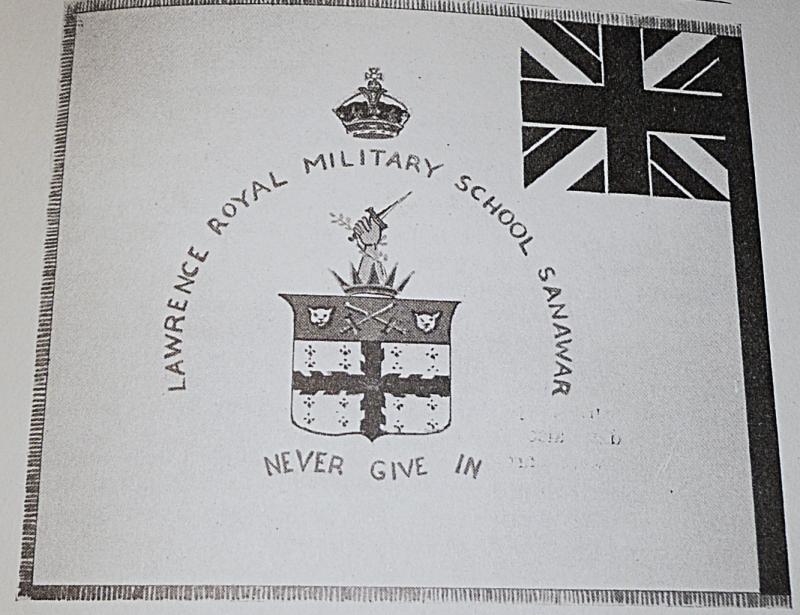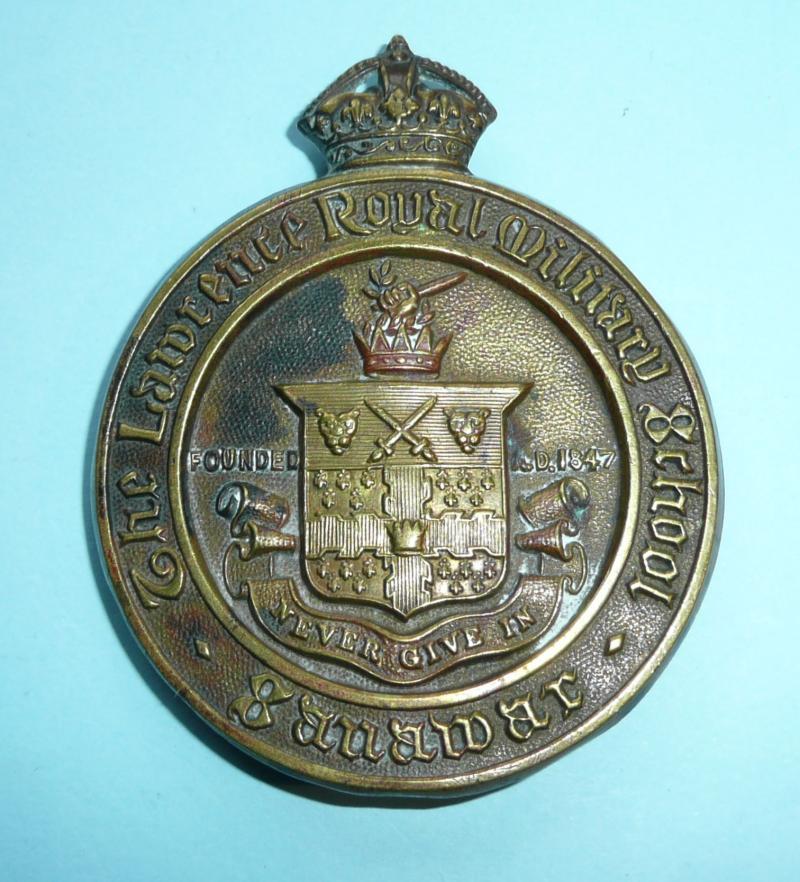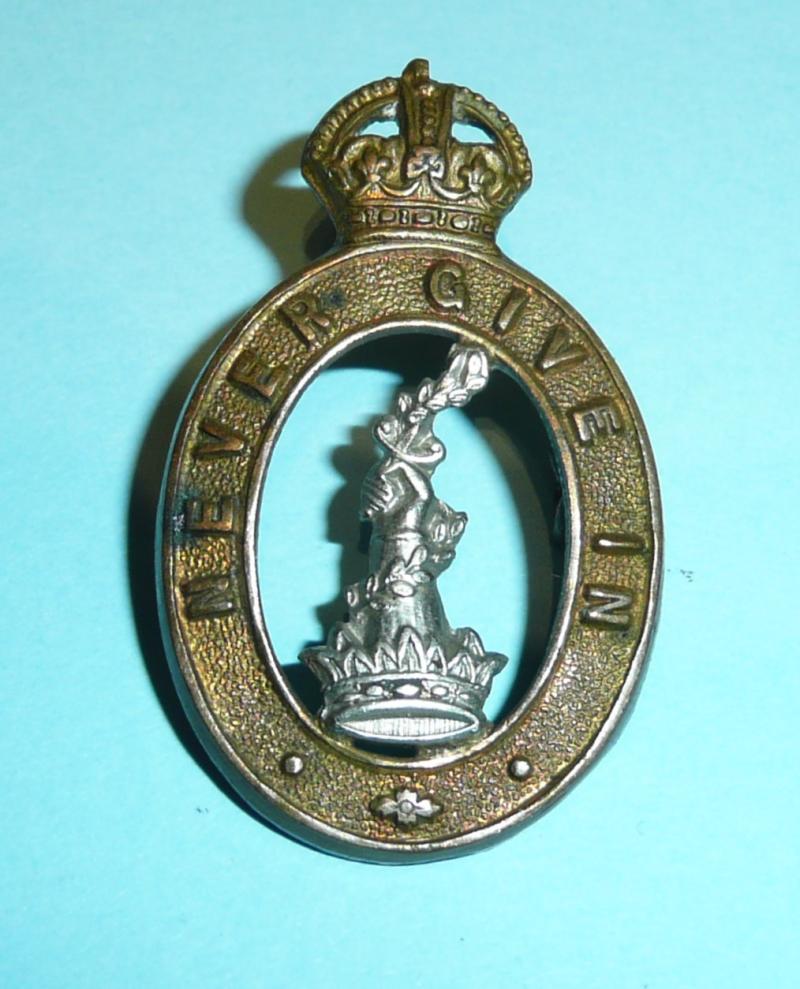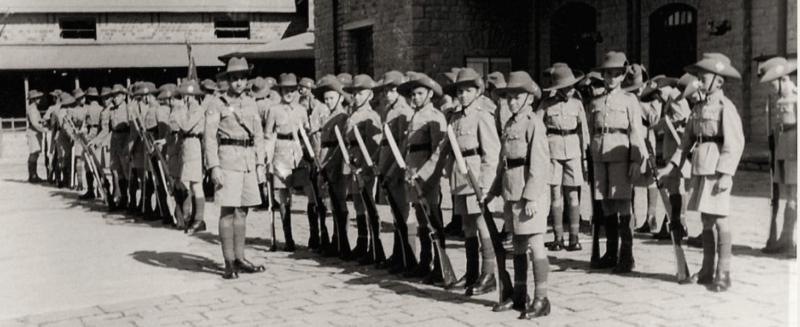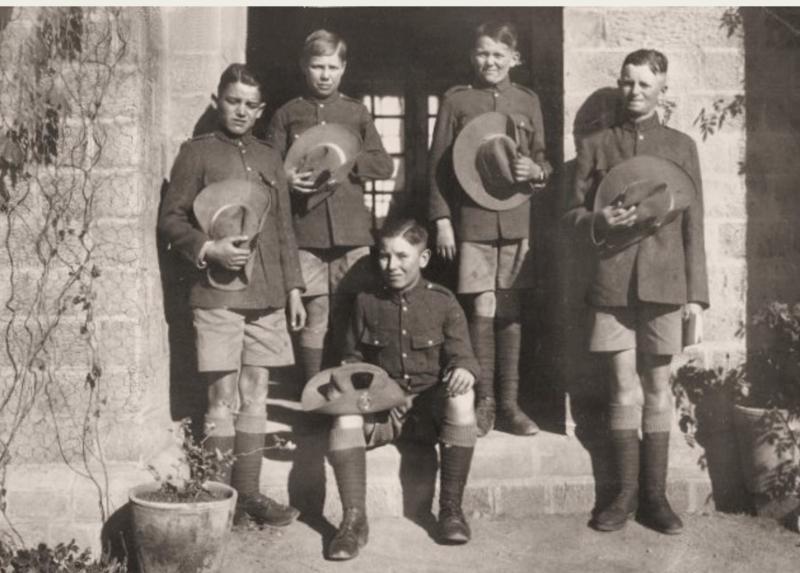Article 3 - British India - The Lawrence Royal Military Schools
There were a number of different schools in India formed under this title. The most prominent appears to be the one originally founded in 1847, at Sanawar near Simla, India. It was the initiative of Sir Henry Lawrence of Indian Mutiny fame and his wife Honoria and it was initially titled the ‘Lawrence Military Asylum’. Its purpose was to provide an education and care of the children of British soldiers stationed in British Colonial India. As such the site was selected for its healthy aspect. It was funded by public subscription and was unusual in being a co-education school, taking both boys and girls. The school’s first Bursar was another famous soldier, Hodson, who had raised and commanded Hodson’s Horse. Lawrence maintained his interest in the school until his untimely death during the mutiny.
Whilst the mutiny was afoot, the school was temporarily moved down to the protection of Kasauli, where the 75th Regiment of Foot gave the older boys basic military instruction. The school went from strength to strength particularly under the leadership of the Reverand G.D. Barne (1912 – 1932), gaining the reputation for excellence and becoming one of the leading schools in the country. In 1922, the school was graced with a visit from Edward, Prince of Wales, during his tour of India and Burma. He presented the school with a King’s Colour, a unique honour and the school acquired the title “Royal” as a consequence. One hundred years after the school’s founding, India was granted its Independence, and most of the pupils and staff left the school for the United Kingdom when the British forces in India were withdrawn. It lost its military character and “Royal” title.
As a Royal Military School, the boys wore a military style uniform and they had the rather quaint custom of wearing a button from their father’s regiment as the top button of their tunic. During the 1920s and 1930s the cadets wore khaki uniforms with shorts and leather belts and a slouch hat turned up at the side bearing the large gilding metal disc badge illustrated (see photos accompanying this article). They also wore collar badges. Their walking out dress included a British Infantry type peaked cap. I suspect the smaller cap badge depicted was worn in this peaked cap. Collar badges of similar design to this cap badge have been observed, but they are smaller.
The slouch hat badge bears the coat of arms of Sir Henry Lawrence and his motto “Never Give In”. The cap badge includes the central device which adorns the top of the shield from this coat of arms.
The School was located in four different locations in India: at Sanawar, Mount Abu, Lovedale and Ghora Ghali.
Any additional information, most welcome.
Sources:
1) The Military Historical Society Bulletin No 45 ((August 1961) pp1-4 & No 47 (February 1962) pp68-69.
2) Cox No 2725 for the slouch hat badge.
3) Photos of the cadets with compliments from an elderly man who attended the school in the 1930s.
© Copyright – All Rights Reserved Mike Finchen 2024
Code: 64933

